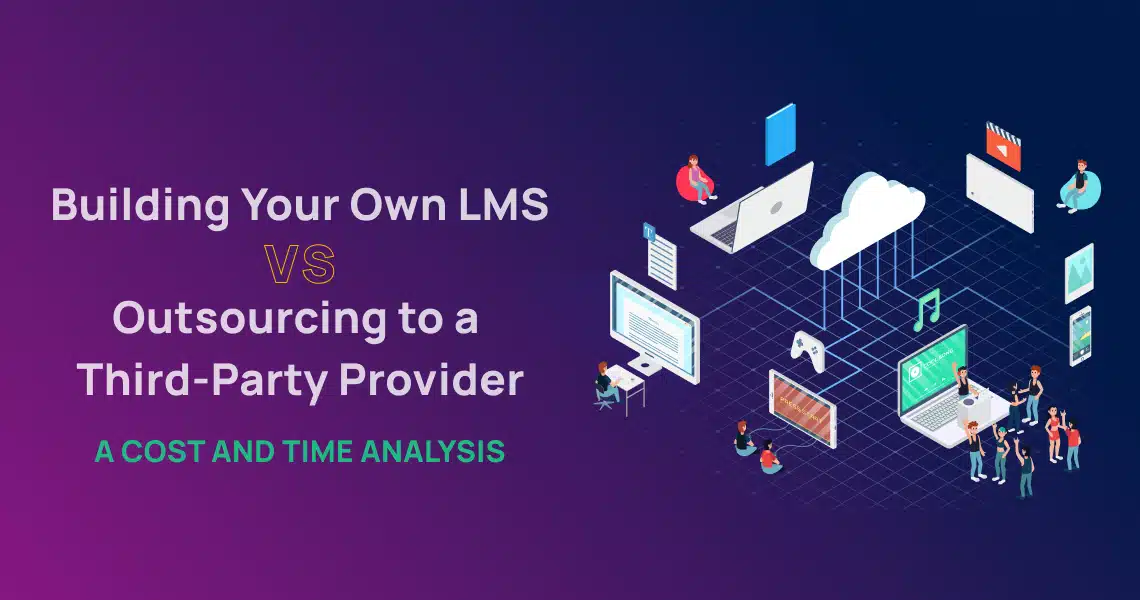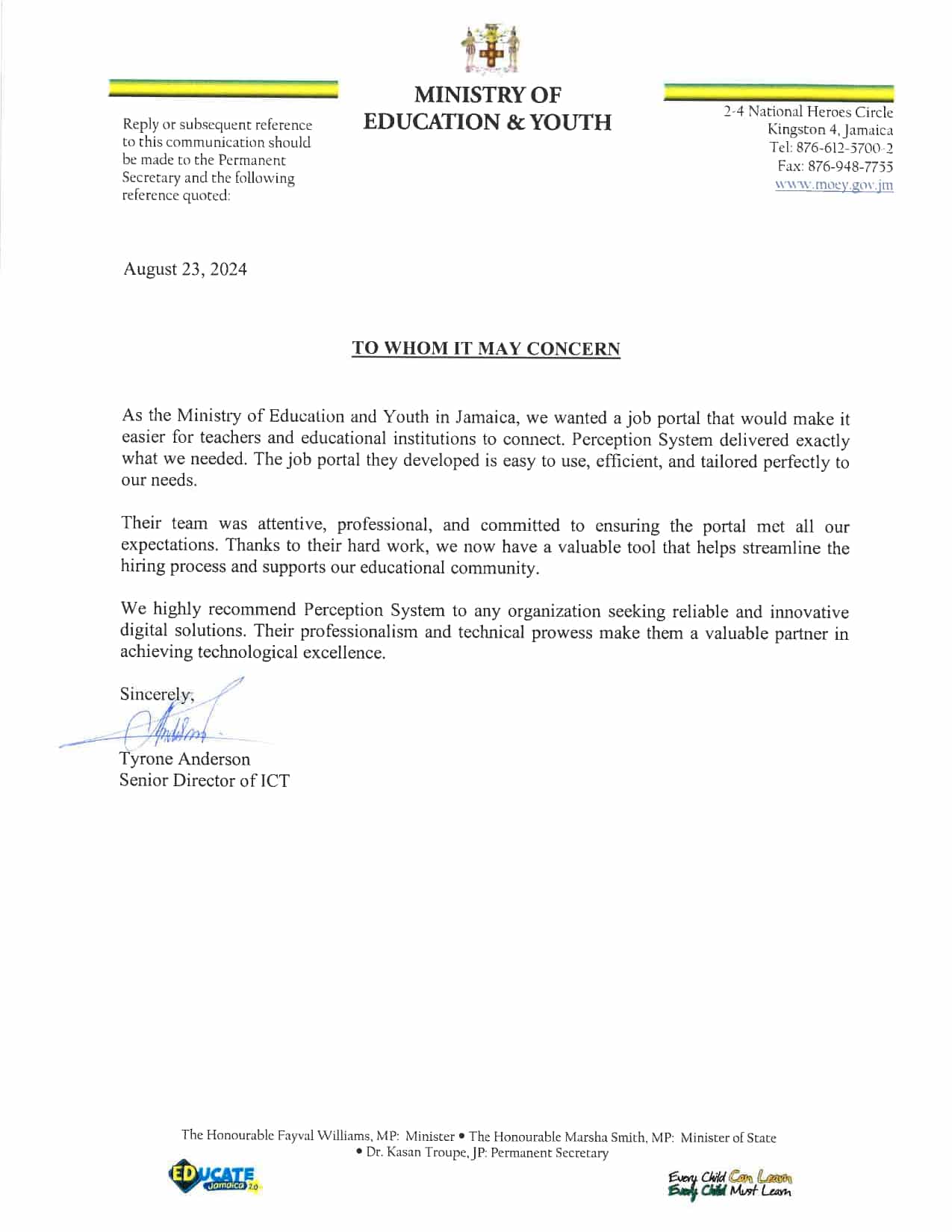Are you an educator or business owner who wants to implement an LMS (Learning Management System)? You might be wondering if you should build your own or outsource to a third-party provider. In this blog post, we will explore the pros and cons of both options, including a cost and time analysis. Let’s dive in!
Table of contents:
Understanding LMS Benefits of LMS Building Your Own LMS Pros of Building Your Own LMS Cons of Building Your Own LMS Outsourcing to a Third-Party Provider Pros of Outsourcing to a Third-Party Provider Cons of Outsourcing to a Third-Party Provider Cost and Time Analysis Building Your Own LMS Outsourcing to a Third-Party Provider ConclusionUnderstanding LMS
First, let’s define what an LMS is. A Learning Management System is a software application that allows users to create, manage, and deliver digital content and educational courses. It can be used for a variety of purposes, including employee training, professional development, and academic courses.
Benefits of LMS
LMS has become increasingly popular over the years because of its numerous benefits. It can help organizations save time and money by automating the process of course creation, tracking, and reporting. LMS can also provide learners with a more engaging and interactive learning experience, with features such as quizzes, games, and multimedia content.
Hire on-demand dedicated developers of desired skill & experience.
Building Your Own LMS
Now, let’s explore the option of building your own LMS. This can be an attractive option for organizations that have specific needs that cannot be met by existing LMS providers. By building your own LMS, you have complete control over the system’s functionality and can customize it to fit your organization’s unique requirements.
Pros of Building Your Own LMS
Customization: As previously mentioned, building your own LMS allows you to customize the system to meet your specific needs. You can add features and functionality that are not available in third-party providers.
Control: You have complete control over the LMS, including its development, maintenance, and upgrades. This means you can make changes and updates at your own pace without relying on a third-party provider.
Ownership: Building your own LMS means you own the system and its data. This can be an advantage if you have sensitive data that you do not want to share with a third-party provider.
Cons of Building Your Own LMS
Cost: Building your own LMS can be expensive, especially if you do not have the necessary technical expertise in-house. You will need to hire developers, designers, and other technical staff to build and maintain the system.
Time: Developing an LMS from scratch can take a lot of time, especially if you do not have experience in software development. This can be a significant investment of time and resources, which may not be feasible for some organizations.
Support: If you build your own LMS, you will be responsible for providing technical support to your users. This can be a significant burden on your IT staff, who may not have the necessary expertise to support the system.
Outsourcing to a Third-Party Provider
The other option is to outsource to a third-party provider. This can be an attractive option for organizations that do not have the technical expertise or resources to build their own LMS.
Pros of Outsourcing to a Third-Party Provider
Cost: Outsourcing to a third-party provider can be more cost-effective than building your own LMS. This is because the provider can spread the cost of development and maintenance across multiple clients.
Time: Outsourcing to a third-party provider can be faster than building your own LMS. Providers already have an existing platform that they can customize to meet your organization’s needs, saving time and resources.
Support: Third-party providers typically offer technical support to their clients. This means you do not have to worry about providing support to your users, as the provider will take care of it.
Hire dedicated team for your next web development project.
Cons of Outsourcing to a Third-Party Provider
Customization: Sometimes Third-party providers may not be able to meet all of your organization’s unique needs.
Cost and Time Analysis
Now that we have explored the pros and cons of both options, let’s conduct a cost and time analysis to help you make an informed decision.
Building Your Own LMS:
Cost: Building your own LMS can cost anywhere from $50,000 to $500,000, depending on the complexity of the system and the expertise of your technical staff. This includes development, design, maintenance, and upgrades.
Time: Developing an LMS from scratch can take anywhere from 6 months to 2 years, depending on the size and complexity of the system. This includes research, development, testing, and implementation.
Outsourcing to a Third-Party Provider:
Cost: Outsourcing to a third-party provider can cost anywhere from $10,000 to $100,000 per year, depending on the number of users and the features included in the package.
Time: Outsourcing to a third-party provider can take anywhere from 1 to 3 months to implement, depending on the customization required.
Conclusion
As we have discussed, outsourcing to a third-party provider can be a cost-effective and efficient solution for LMS development. By partnering with a trusted third-party provider like Perception System, you can benefit from their expertise, experience, and resources without the high investment of building your own LMS.
In addition, by outsourcing to Perception System, you can benefit from our proven development methodology, agile approach, and quality assurance processes. We ensure that your LMS is tested and optimized for performance, security, and user experience.
Outsourcing to a third-party provider like Perception System can be a smart choice for LMS development. By partnering with an experienced and trusted provider, you can benefit from their expertise, resources, and customized solutions without the high cost and investment of building your own LMS. Contact us today to learn more about our LMS development services and how we can help you achieve your training and development goals.





